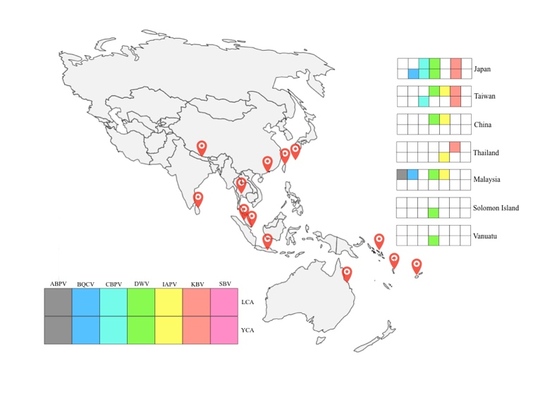246th Regular Open Seminar
Diversity of honeybee virus in invasive ants: assessing the threat of pathogen spillover
| 開催日時 | 2019-06-26 |
|---|
Presenter: Lin Chun-Yi (Associate Professor, RISH Kyoto University)
Title: Diversity of honeybee virus in invasive ants: assessing the threat of pathogen spillover
Place: HW525 (Research Building No. 1)
Associated Mission: Mission 5 (Quality of the Future Humanosphere)
ZOOM Meeting ID: 215-314-2974
Abstract
Recent studies have shown that ants often are infected by honeybee viral pathogens likely during their interactions with honeybee, suggesting that cross-species transmission of honeybee viruses may have occurred commonly than previously thought. However, these studies are either at regional level or focused on only one or two honeybee viruses.
To understand the dynamics of multiple honeybee viruses in invasive ant at a large geographic scale, more than 350 samples of two invasive ant species, namely yellow crazy ant (Anoplolepis gracilipes) and longhorn crazy ant (Paratrechina longicornis), collected across Asian regions were surveyed for the presence of six honeybee viruses including Acute bee paralysis virus (ABPV), Black queen cell virus (BQCV), Chronic bee paralysis virus (CBPV), Deformed wing virus (DMV), Israeli acute paralysis virus (IAPV), and Kashmir bee virus (KBV). The results showed that all studied viruses except Sacbrood virus (SBV) were detected in at least one geographic population of both species. Other noteworthy patterns include 1) multiple infection appears to be rare in both species and 2) the longhorn crazy ants generally harbor more honeybee viruses both in richness and infection rate. This study provides the very first baseline information in assessing potential threat of invasive ants as “virus spillover” source in honeybee and other pollinators.
 Fig. 1 Summery of the presence of honeybee viruses in two invasive ant species
Fig. 1 Summery of the presence of honeybee viruses in two invasive ant species
PDF file (144 819 bytes) | Top
17 June, 2019
